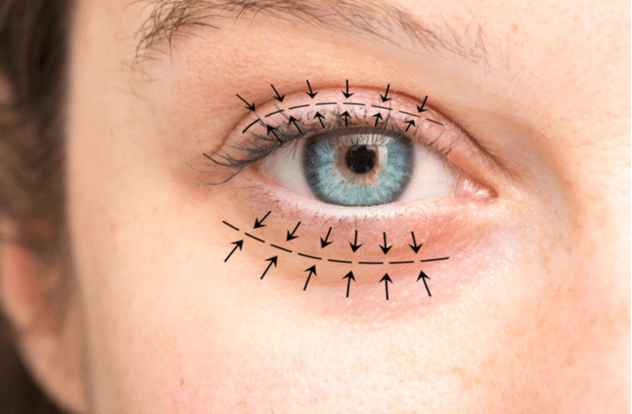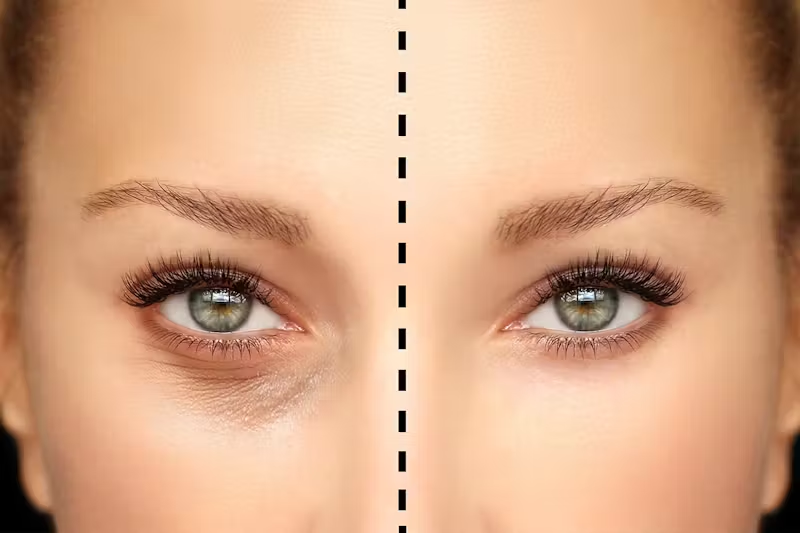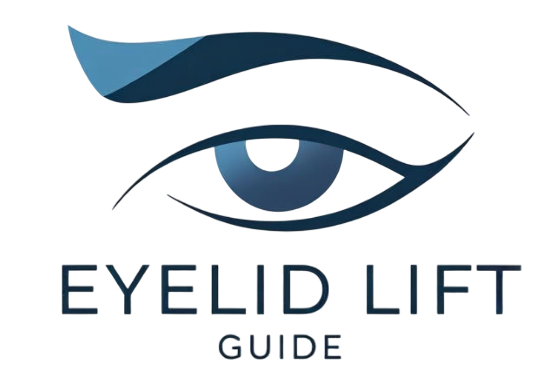Blepharoplasty: Your Ultimate Guide to Eyelid Surgery
The eyes are the most expressive feature of the face, but they are also one of the first areas to show signs of aging. If you feel that sagging skin, droopy eyelids, or under-eye bags make you look perpetually tired, blepharoplasty may be the solution you’ve been looking for. This comprehensive guide will walk you through everything you need to know about this transformative procedure, from the different surgical techniques to what you can expect during recovery.

What Can Blepharoplasty Correct?
Blepharoplasty, more commonly known as eyelid surgery, is a highly versatile procedure that can address both cosmetic and functional concerns. Consequently, patients seek this surgery to achieve a wide range of benefits.
- Cosmetic Rejuvenation: Its primary goal is to create a more youthful and alert appearance by eliminating sagging skin, reducing under-eye bags and puffiness, and restoring the natural, crisp contours of the eyelids.
- Functional Improvement: In some cases, the excess skin on the upper eyelids can hang down and obstruct peripheral vision. Therefore, a functional blepharoplasty can significantly improve a patient’s field of view and reduce the eye strain caused by heavy-feeling lids.
Understanding the Blepharoplasty Procedures
Modern eyelid surgery is not a one-size-fits-all solution. Your surgeon will recommend a specific approach tailored to your unique anatomy and aesthetic goals. You can explore these techniques in more detail in our guide to eyelid surgery procedures.
Upper Blepharoplasty
This procedure targets drooping or «hooded» upper eyelids. The surgeon makes a fine incision within the natural eyelid crease, making it virtually invisible once healed. Through this incision, a precise amount of excess skin and fat is removed, resulting in a more open and refreshed eye.
Lower Blepharoplasty
Lower eyelid surgery is the definitive solution for puffy «bags» and excess skin under the eyes. An incision can be hidden either just below the lash line or, in many cases, on the inside of the eyelid. This allows the surgeon to remove or reposition the fat pads that cause puffiness, creating a smooth, youthful contour.
Specialized Techniques
In addition, specialized techniques exist for unique cases, such as Asian Blepharoplasty («double eyelid surgery») to create a defined crease, or procedures that are combined with a brow lift for a more comprehensive rejuvenation of the upper face.
Your Surgical Journey: From Consultation to Recovery
Knowing what to expect can make the entire process feel more comfortable and predictable.
- The Consultation: Your journey begins with an in-depth consultation where your surgeon will evaluate your health, discuss your goals, and formulate a personalized surgical plan. This is the time to ask all your questions.
- The Procedure: Eyelid surgery is an outpatient procedure that typically takes 1-3 hours. It is usually performed with local anesthesia and sedation, ensuring you are completely comfortable.
- The Recovery: Healing is relatively quick. While swelling and bruising are most noticeable in the first week, most patients feel comfortable returning to work and social activities within 10-14 days. We have a detailed guide dedicated to the blepharoplasty recovery timeline.

Essential Information for Your Decision
Finally, making a confident decision involves understanding the practical aspects of the procedure.
Choosing a Board-Certified Surgeon
This is the most important factor for your safety and results. Ensure your surgeon is board-certified and has extensive experience in facial plastic surgery. Ask to see many before-and-after photos of their work. You can verify a surgeon’s credentials at official sites like the American Board of Plastic Surgery.
Understanding the Costs
The total cost includes the surgeon’s fee, facility fee, and anesthesia costs. While insurance does not cover cosmetic surgery, it may cover a portion of an upper blepharoplasty if it is proven to be medically necessary for vision. For a full breakdown, please see our guide to eyelid surgery costs.
Frequently Asked Questions about Blepharoplasty
Is the procedure painful?
Discomfort is minimal. Most patients report a feeling of tightness rather than actual pain, which is easily controlled with prescribed medication for the first few days.
Will I have visible scars?
No. A skilled surgeon is an expert at hiding incisions in the natural creases of the eyelids. Once healed, these fine lines are virtually undetectable.
How long do the results last?
The results of a blepharoplasty are very long-lasting. While you will continue to age naturally, the procedure can turn back the clock by 10-15 years, and you will always look more rested than you would have without it.
Conclusion: The Path to a Refreshed You
Blepharoplasty is a refined, safe, and highly effective procedure for restoring a youthful and energetic appearance to your eyes. It offers a powerful combination of aesthetic and, at times, functional benefits. If you are ready to explore how this surgery can help you, the next step is to seek a consultation with a qualified plastic surgeon.
